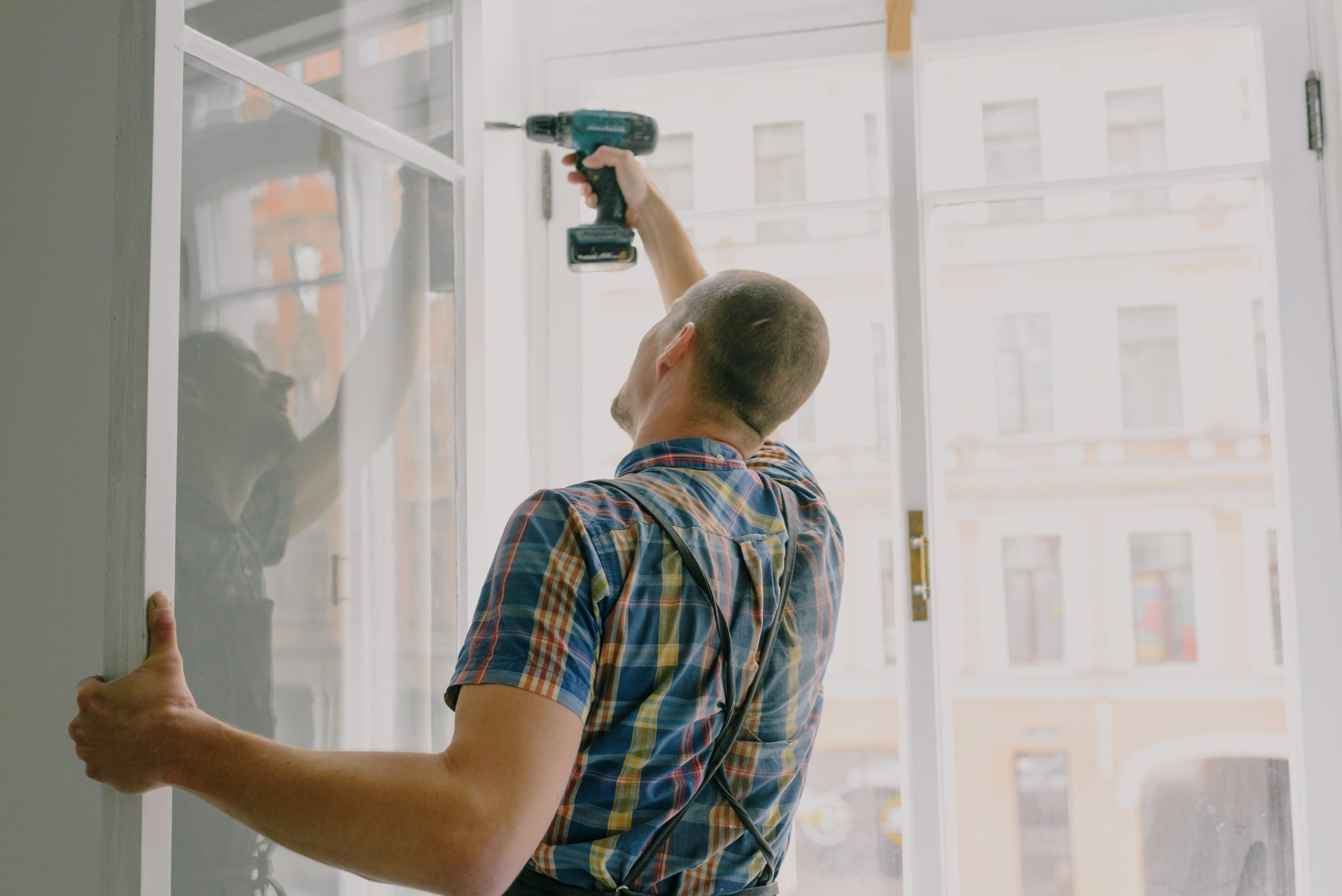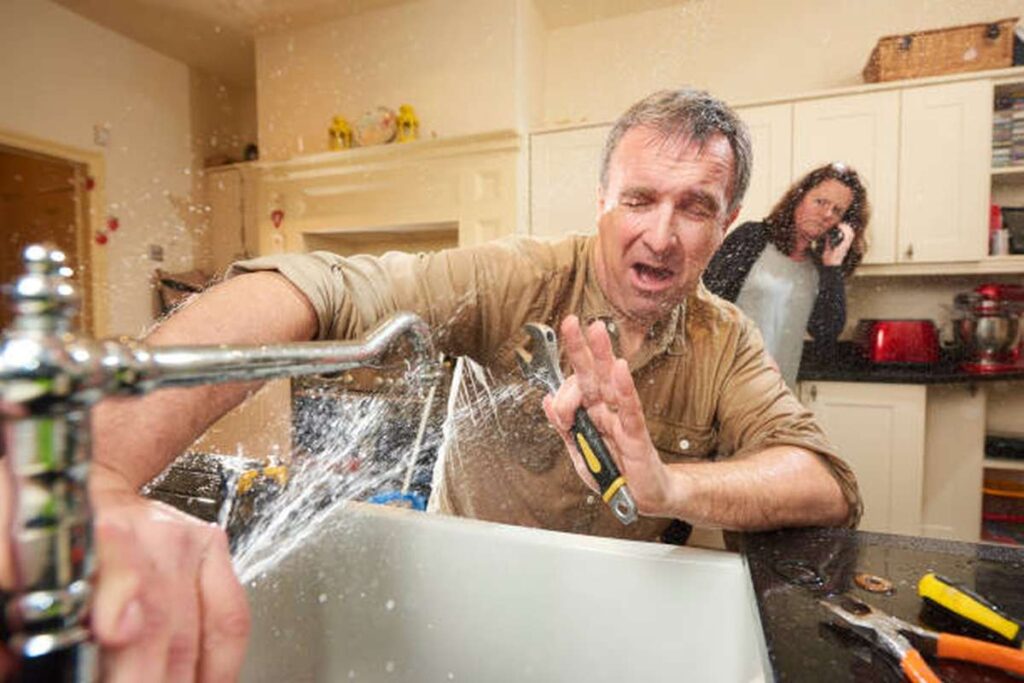Plumbing Maintenance in Rental Properties: Tips and Techniques
Plumbing Maintenance in Rental Properties: Tips and Techniques
Blog Article
They are making several great points about 10 Common Rental Property Repairs in general in this post down the page.

Managing plumbing problems in rental properties effectively is critical for maintaining lessee complete satisfaction and protecting the property's value. Whether you're a property manager or a building manager, knowing exactly how to attend to these usual troubles can save you time and money while guaranteeing compliance with legal obligations. Below's a step-by-step guide on how to deal with plumbing problems in rental residential properties.
Develop Clear Interaction
Urge lessees to report any pipes issues as quickly as they occur. Provide multiple communication channels such as phone, e-mail, or a tenant portal to make it easy for them to reach out. Prompt responses to these reports can prevent minor issues from escalating right into significant troubles.
Enlighten Occupants
Inform your occupants regarding what makes up a plumbing emergency and what does not. Provide standards on how to handle small concerns themselves, such as utilizing a plunger to unclog a toilet. Additionally, educate them regarding what they ought to avoid taking down drains pipes to avoid clogs, such as grease, coffee premises, and non-biodegradable products.
Routine Maintenance
Implement a regular upkeep routine for all plumbing systems in your service buildings. Routine checks can help recognize and settle problems like leaks, slow-moving drains pipes, or corroded pipelines before they become significant. Take into consideration employing a professional plumber to evaluate the homes annually or semi-annually.
Quick Feedback to Emergency Situations
Have a plan in position for responding to pipes emergencies. This need to include having the contact info of dependable pipes services that supply 24/7 emergency situation repairs. Quick activity is necessary to decrease damage in scenarios like burst pipelines or severe leakages.
Document Whatever
Keep detailed records of all reported plumbing issues and the activities required to settle them. Documentation should include dates, summaries of the trouble, interaction with lessees, and invoices from service providers or plumbing professionals. This details can be critical for insurance policy cases, tax obligation reductions, and legal security.
Use Qualified Professionals
Always use qualified and insured professionals for significant pipes fixings and setups. This makes sure that the work is up to code and can help stay clear of responsibility problems in case of mishaps or further damages. It additionally guarantees renters that repair work are being handled properly.
Understand Legal Responsibilities
Recognize your lawful obligations regarding pipes and basic home maintenance. The majority of territories require landlords to guarantee their homes are habitable and that all pipes systems are in good working order. Failing to attend to major issues promptly can bring about legal actions from tenants.
Lessee Compensations
If a pipes problem requires instant attention and the lessee fixes the concern by themselves, have a clear plan in place for reimbursing expenses. Ensure occupants know they ought to obtain previous authorization for higher-cost fixings unless it's an outright emergency situation.
Preventive Upgrades
Think about upgrading older plumbing systems and fixtures to a lot more contemporary, effective versions. This can reduce the regularity and extent of pipes problems and lower long-lasting maintenance costs. It's additionally a marketing point for potential lessees that value upgrades and contemporary features.
Lessee Move-Out Inspections
Conduct detailed pipes checks during move-out inspections to ensure that any type of concerns are identified and dealt with prior to a new occupant relocate. This avoids conflicts with brand-new tenants over pre-existing conditions and makes sure the property is in top problem.
Verdict
Handling plumbing problems in rental residential properties calls for a proactive method and great interaction with lessees. By staying on top of upkeep, reacting without delay to emergency situations, and using qualified professionals, property owners can maintain their residential properties in superb problem and keep excellent partnerships with tenants.
How to Handle Water Damage in a Rental Property
What is Water Damage?
Water damage is harm or destruction caused by water entering areas where it is not supposed to be. It can be caused by a variety of sources and can manifest in different ways. The most common examples of water damage include:
Leaking roof Plumbing leaks Appliance malfunctions Poor drainage Flooding Sewage backup Condensation Tenant negligence HVAC system issues Frozen pipes Is water damage dangerous?
Water damage itself is not inherently dangerous, but it can lead to various hazards and health risks if not promptly and properly addressed. The severity of these risks depends on the extent of the water damage, the source of the water, and how quickly it is mitigated.
Some potential dangers associated with water damage include structural damage, mold and bacterial growth, electrical hazards, water contamination, and pest infestations. In situations where mold and mildew have gone unaddressed, mold can start to develop within 24-48 hours of water exposure, and this can impose a serious health risk to tenants. In particular, mold spores and damp conditions can lead to respiratory issues and even make existing health problems worse, such as allergies, asthma, or immune disorders.
Water Damage in an Apartment - Who is Responsible?
If the water damage is caused by the tenant’s negligence, the tenant is responsible for the cost of repairs. If the water damage is caused by a defect in the property, the landlord is responsible for the cost of repairs. If the water damage is a result of natural causes, such as excessive rain, then the landlord is responsible, since the water intrusion likely occurred due to a defect in the property. Landlord Responsibility water damage in rental property
Since maintaining habitability is the landlord’s legal responsibility, landlords are responsible for any resulting structural damage caused by water damage. These structural damages may include damage to walls, roofs, ceilings, and flooring. If water damage has affected the rental property’s original structure, the landlord is responsible for repairing or replacing those materials. Therefore, landlords should have property insurance that covers the structural components of their rental property so that they can receive help with the costs of covered events.
Preventative measures can also help landlords avoid massive renovations. Preventative maintenance may include conducting regular inspections to identify and address potential water damage before it becomes a major and urgent problem.
If a landlord fails to meet their responsibilities regarding water damage, it can lead to legal disputes and potential liability. Tenants who believe their landlord is not addressing water damage issues in accordance with California law can seek legal advice or contact local housing authorities for assistance.
https://www.goodlifemgmt.com/blog/water-damage-in-a-rental-property/

I was shown that write-up on Plumbing Maintenance Guide for Tenants through a friend on our other blog. If you enjoyed our blog entry please consider to pass it around. Kudos for being here. Come back soon.
Report this page